

Designed by Paul Smith 2006. This website is copyrighted by law. Material contained herewith may not be used without the prior written permission of FAUNA Paraguay. Photographs on this web-site were taken by Paul Smith, Hemme Batjes, Regis Nossent,
Alberto Esquivel, Arne Lesterhuis, José Luis Cartes, Rebecca Zarza and Hugo del Castillo and are used with their permission.
Phoebis argante argante (Fabricius 1775)
ENG: Apricot Sulphur
ESP: Yema
JIZ: Forewings square, slightly pointed at apices, hindwing rounded. Folded wing triangular, tapering slightly towards apex and with slightly undulating outer margin. Sexually dimorphic. Poses with folded wings. FLI: Fluttery but strong and straight.
UPP: M (Fig 1-3) Deep mustard yellow, fresh individuals sometimes showing an indistinct orange flush at the base of the upperwings closest to the body. Apices of forewing thinly edged black, continuing along outer margin or forewing or sometimes broken into an indistinct series of up to 5 small black dots. Hindwing similar with 5-6 indistinct black dashes along the outer margin. F (Fig 4-6) Yellow or whitish base colour. Black pattern variable and browner in white individuals. Typically with more or less broad black/brown outer margin of forewing with irregular or wavy interior edge, thickest at apex and thinning along costa towards median forewing. Conspicuous black/brown median spot on forewing, with one or more additional smudgier spots located diagonally below it, and sometimes fused with outer margin (Fig 6). Hindwing with broad black/brown botches bordering outer margin. Two white median spots on underwing are often visible as ghostmarks on upper hindwing.
UND: M (Fig 1-3) Colouration similar to upperwing but scattered with variably distinct rust-coloured markings forming random, broken lines in many places. Some individuals (Fig 3) show a small brown median spot on forewing and two small white median spots on hindwing (upper half the size of lower) thinly bordered brown but these are absent in most. F (Fig 4-6) Exceptionally variable. Boldly-marked. Deep mustard yellow with broad rust-coloured border to apex and outer margin (Fig 4-5). Large black and rust median spot on forewing and two large white median spots on hindwing, clearly defined with thin black outer edges and bordered with rusty blotching. Upperwing with broken postmedial diagonal line of rusty blotches from apex towards median spots on hindwing. Basally both wings more finely peppered with rust speckling, heavier in some specimens than others. Pattern of white individuals similar but paler and more faded with a pale yellow base colour and pinkish-brown markings (Fig 6).
BOD: Underside of head and body mustard yellow. Head brown and abdomen pale yellow dorsally. Upperside of thorax black with sparse yellow-white hairs. Antennae brown. Eyes bicoloured, brown above yellow below. Proboscis black. Legs yellow.
MMT: A medium-large sulphur. No significant sexual difference in measurements. CL - 32.9mm (28-36mm); BL - 23.4mm (20-27mm); AB - 13.5mm (13-14mm); WS - 65.3mm (62-69mm); HW - 3.5mm (3-4mm); AL - 12.1mm (11-13.5mm); n=13 (8M 5F).
SSP: Males can be recognised by the depth of their yellow colouration which is consistently deeper and more mustard-coloured than all other Sulphurs of comparable size. Females more likely to cause problems, especially white individuals which may be confused particularly with Aphrissa statira. Yellow females are distinctive for the depth of their colouration. Females of all forms have much more conspicuous markings on the upperwings and more heavily-marked underwings than either Aphrissa statira or Phoebis sennae. Note also that the underwing generally has a deep mustard colour reminiscent of male and lacks the paired white spots on the underside of the forewing present in sennae. The conspicuous browner borders to the apex and outer margin of the forewing help identify this species. Female Phoebis philea is considerably larger with a conspicuous pinkish bloom on the underwing and paired white median spots on the underside of both the hindwing and the forewing.
ABU: Generally common to abundant often occurring in large numbers with other Coliadinids at flowering bushes. Most abundant January to May.
HAB: Widespread in open areas including gardens.
HOS: Plants in the family Fabaceae including Senna, Inga, Pentaclethra, Pithecellobium (Canals 2003)
Citable Reference: Smith P (2007) FAUNA Paraguay Online Handbook of Paraguayan Fauna Butterfly Species Account 2 Phoebis argante.
Last Updated: 3 September 2007.
References:
Canals G 2003 Mariposas de Misiones - LOLA, Buenos Aires.
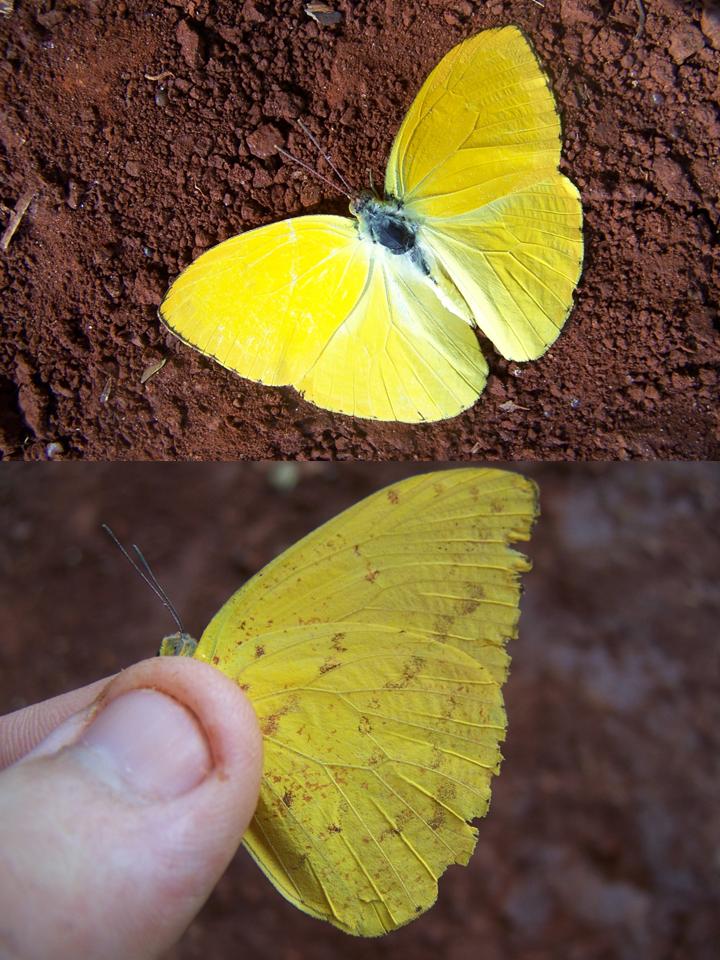 | FIGURE 1 |
|
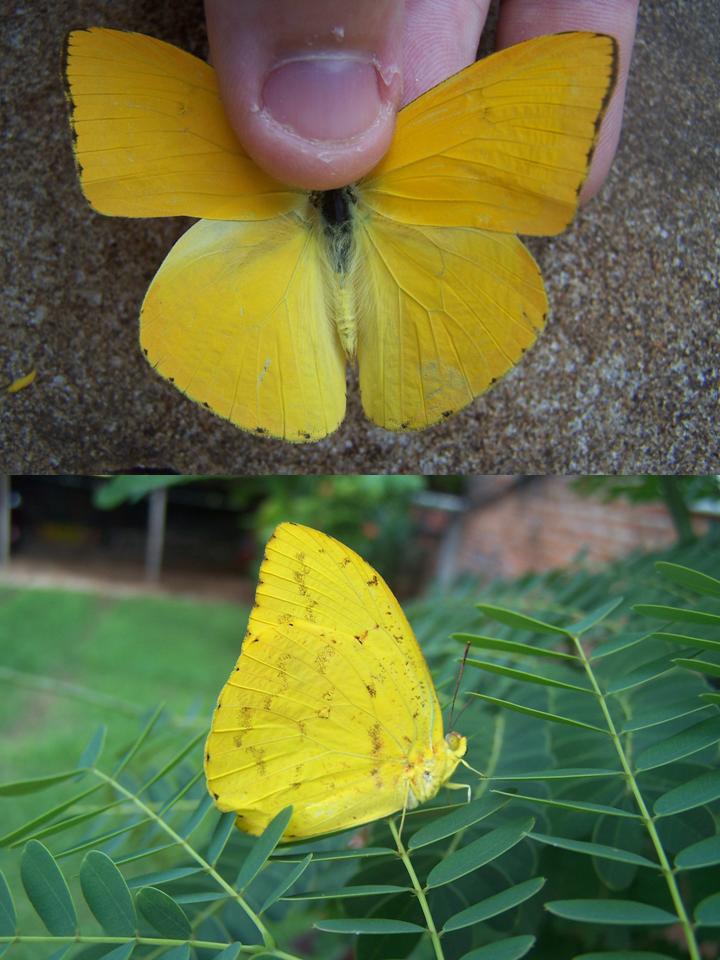 | FIGURE 2 |
|
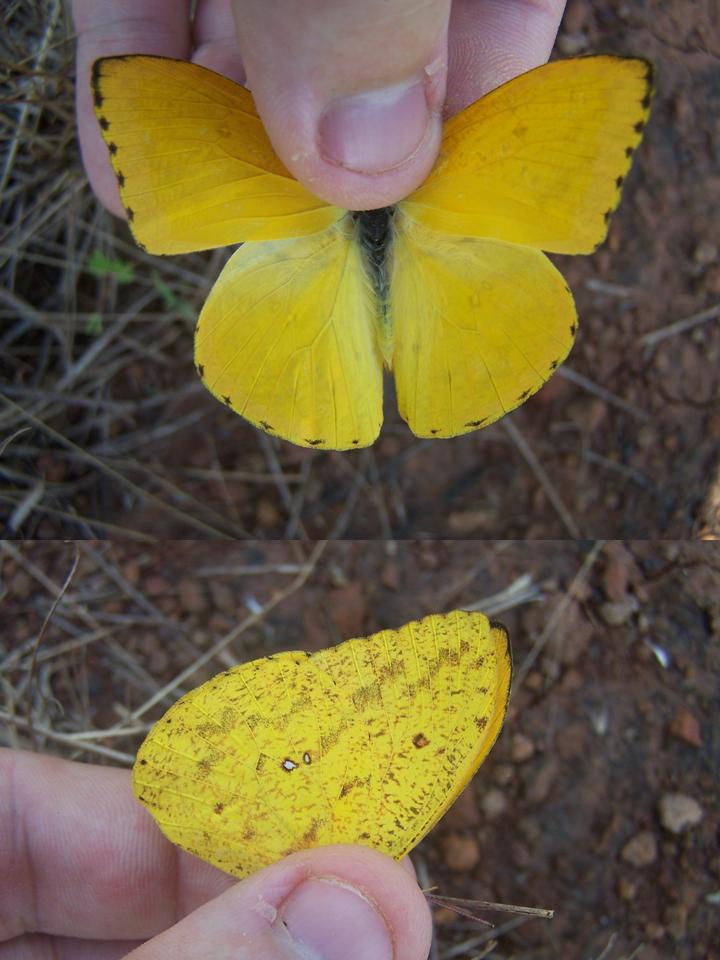 | FIGURE 3 |
|
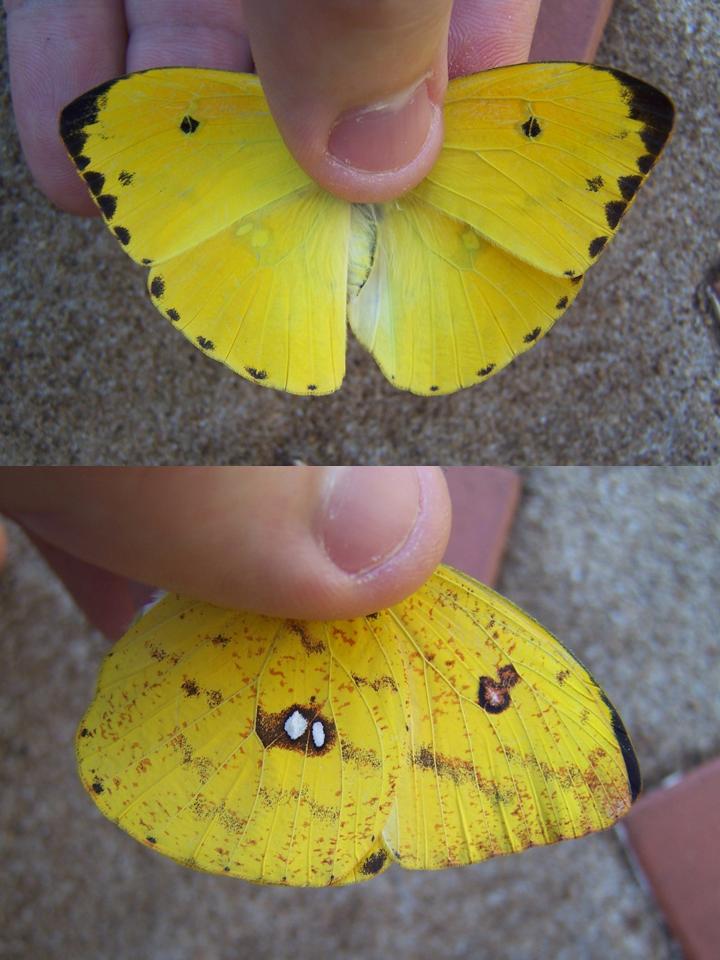 | FIGURE 4 |
|
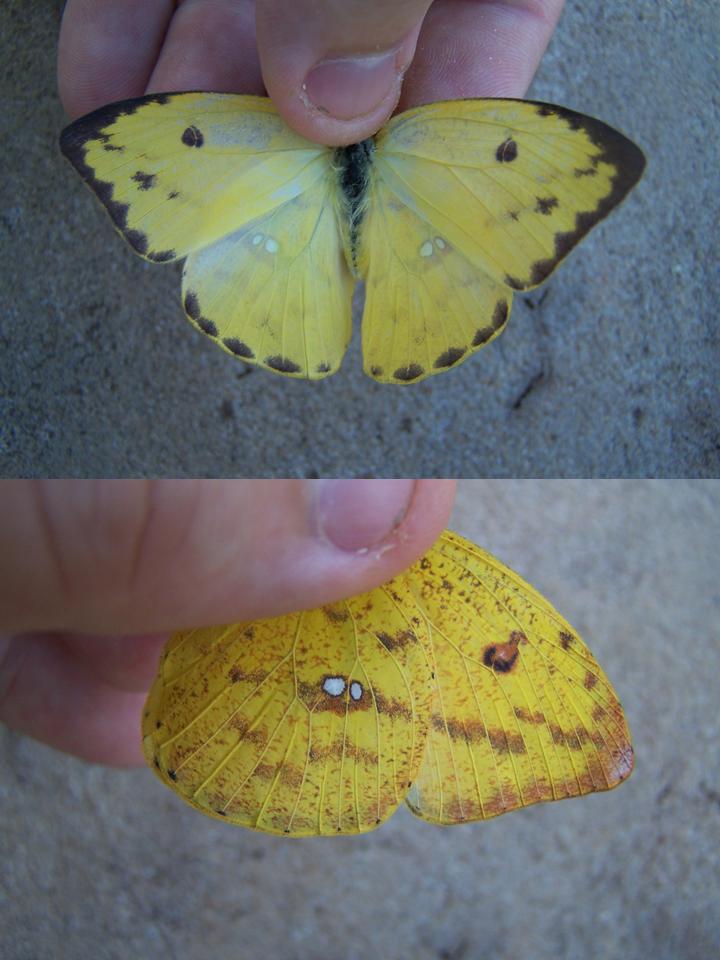 | FIGURE 5 |
|
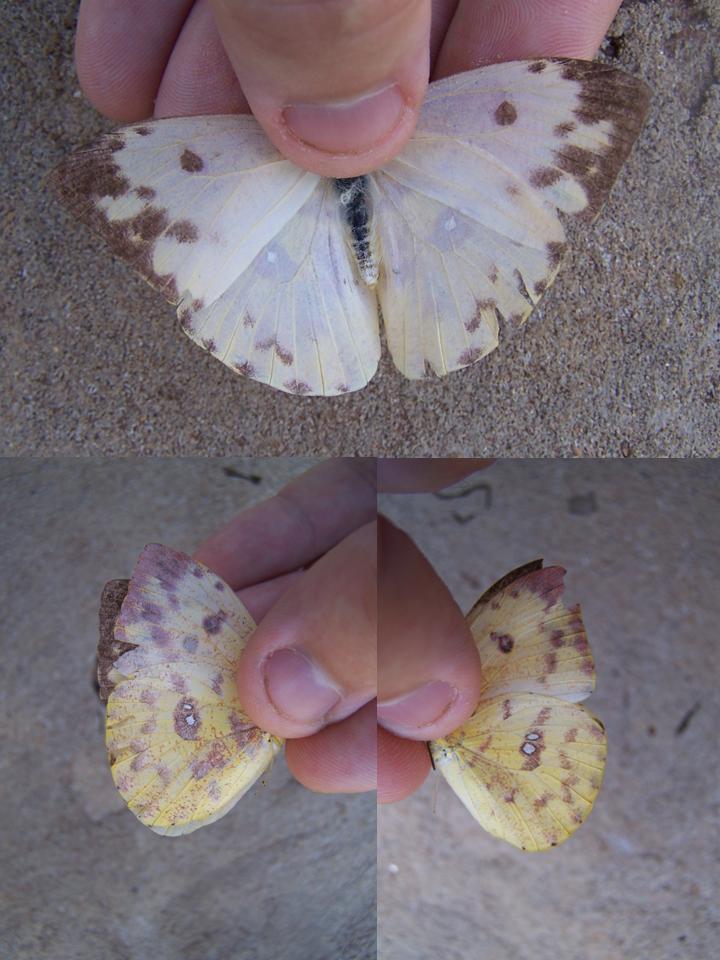 | FIGURE 6 |
|
FIGURES 1 - PROCOSARA, PN San Rafael (Paul Smith 5 March 07); 2 - Encarnación, Departamento Itapúa (Paul Smith 15 April 07); 3 - Fería Municipal Encarnación, Departamento Itapúa (Paul Smith 21 April 07); 4 - Encarnación, Departamento Itapúa (Paul Smith 9 June 07); 5 - Encarnación, Departamento Itapúa (Paul Smith 13 April 07); 6 - Encarnación, Departamento Itapúa (Paul Smith 11 April 07);

